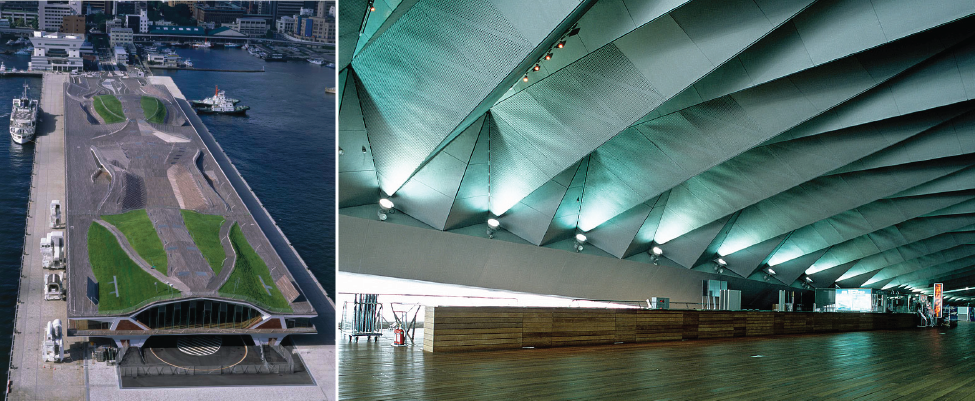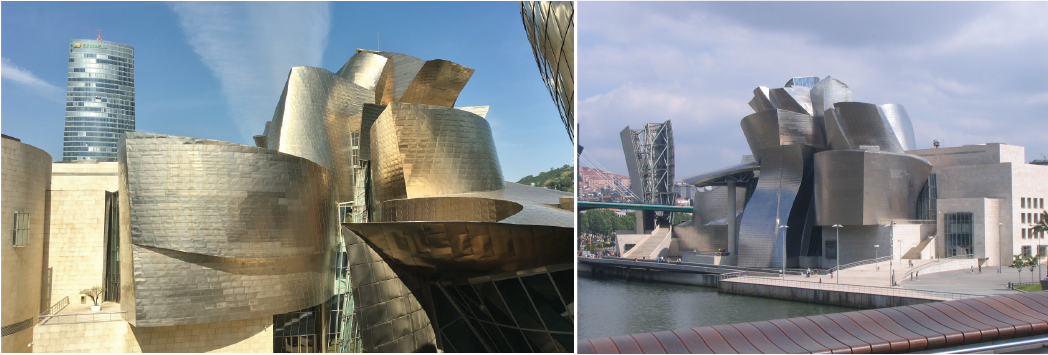
Navigating the Growing Influence of Artificial Intelligence in Building Design
The capabilities of Artificial Intelligence, or AI, are only in the beginning stages of implementation across multiple industries. Consider the paragraph below, which was generated by an AI algorithm, with the given input of only the article title. The ability to create written content like this is just a small demonstration of the monumental potential AI can unlock.
Artificial Intelligence Is Changing Architecture. Are You Ready?
There are no better examples of how AI will transform industries than in cybersecurity, medicine, and manufacturing. However, as AI evolves into other design and related industries, it can do more good than bad by tackling the mundane to expand the creative process.
As AI continues to expand across numerous industries, one of the more controversial topics in the architectural sector is its growing influence in building design. Utilising AI robots to design buildings has been a utopic vision since Alan Turing created the Turing Machine in 1936. However, as technology’s potential increasingly becomes reality, AI is advancing into a more significant role within the architectural design process, and the industry must consider the implications of such displacement.
Early Adoption of Technology
History has proven that technology in architecture is highly utilised for automating repetitive tasks to increase efficiency. For example, the use of ‘cyanotype’ (blueprints) to produce copies of hand drawings was one of the first methods of communicating design among disciplines (e.g., from architects to builders working on the construction site). Advancements in desktop computing led computer-aided drafting (also known as AutoCAD) to become a viable production method in architecture offices, eventually replacing the process of physical hand drafting. The next breakthrough saw the use of Building Information Modelling (aka BIM) replacing advanced computer-generated drawings with three-dimensional models and renderings.
This evolution, while seemingly subtle, actually represents a distinct shift from using technology for pure automation (efficiency) to using it to inform progressive design and constructability. Three projects that define this transformation are the Yokohama Terminal by Foreign Office Architects, the Guggenheim Museum by Frank Gehry and the Embryological House by Greg Lynn.

The Yokohama Terminal by Foreign Office Architects, designed in 1995, exemplifies a building design made possible by four significant technological advancements in architecture modelling during the decades prior: personal computing, Microstation, AutoCAD and Computer Numerical Control Milling. In the 2018 book "Drawing Architecture," author Helen Thomas says that FOA described their design process for creating the form for the Yokohama port terminal as one that constantly mutated and proliferated computer programs to generate forms of undulating planes or new landscapes, rather than discrete, volumetric structures. Personal computing advancements developed in the 1980s and turned mainstream by the early 1990s, unlocking the potential of dominant software applications, such as MicroStation and AutoCAD, while CNC Milling became more widely adopted after decades of refinement.

A predecessor to the technological process utilised by FOA was the digital design application used during the creation of the Guggenheim Museum in Bilbao, Spain. In the book "Frank O. Gehry: The Complete Works," published by The Monacelli Press in 1998, Gehry recalls that software programs developed initially for designing aeroplane fuselages (CATIA) provided the matrix for shaping and refining every part and element in the Guggenheim’s design and construction.
It was this software development, a product of human ingenuity, that opened the seemingly singular-in-use technological advancements to more creative purposes. The book notes that the Guggenheim at Bilbao set the trajectory for a productive capacity whereby a building could be conceived and executed into an uninterrupted loop rather than in separate and distinct phases.
Building upon the capabilities provided by software applications for the ideation of form, the Embryological House by Greg Lynn is a quintessential example in the early adoption of software to create and fabricate without following the prototypical architectural-construction journey. Lynn wanted to build upon the idea of a manufactured house with a specific form assembled from a kit-of-parts, towards a form based on unconstrained iterations from a basic primitive, that would ultimately result in a family of forms, similar yet each unique. Each form, or house, would “exhibit shared regulating principles” that would allow for customisation and mass production of each unique part.
The ability to utilise this computer-controlled design process, in conjunction with CNC manufacturing, allows the computer to communicate directly with the robotically controlled devices for production. This formal dynamism was made possible by combining computer drafting software and animation software, transforming 2D/3D drafting program Microstation into an animation and visualisation program called Maya — an early adaptation of what we now refer to as interoperability.
What’s Next in AI’s Evolution?
The next evolution of technology in architecture will undoubtedly be AI. However, it remains unclear when, if ever, it will reach its full potential and in what capacity it will be exploited. The industry is already experiencing an explosion of plugins and processes branded as AI or generative design. Still, these tools are far from solving large-scale design and construction problems and provide little evidence that the industry is yet to be disrupted by AI.
Perhaps this is because significant breakthroughs in AI research have only happened in the last decade. For example, the popular GAN (Generative Adversarial Neural Networks) algorithm was developed only six years ago. Nevertheless, it has become such an essential tool that it is almost an industry in itself. GANs are a type of AI model that develops realistic imaging by pitting two neural networks against each other. These two Neural Network models, the Generator and the Discriminator, duel to improve their predictive accuracy. The Generator learns how to generate an image based on a set of data, and the Discriminator learns how to determine whether the generated image is real or fake. As the Generator improves at creating images, the Discriminator gets better at judging them, and therefore, with training, both refine over time. The result produces stunning images, demonstrated by Tero Karras and his colleagues at the deep-learning-hardware company NVIDIA.
It took time and many different iterations before the established tools used today took their current form. Personal Computing and AutoCAD, critical components of the Yokohama Terminal's success, were developed decades before the design and construction of the project. Frank Gehry adapted CATIA as a crucial design tool for the office 30 years after it was first created for aerospace. Moreover, Greg Lynn leveraged Bezier curves for the development of the Embryological House 40 years after its mathematical discovery. So, if GANs were developed six years ago, there is no telling what architects will be doing with them three decades from now.
A realistic postulation may be architects designing within a video game structure, where AI would make the best possible decisions at superhuman intelligence. In 2014, the AI company DeepMind created an algorithm for beating and mastering Atari games, a huge breakthrough at the time. Until this point, it was only possible to create specific algorithms to win individual games.
How did they do it? It may be easier to explain by imagining creating a computer program to beat the video game Super Mario Bros. The most apparent first step would begin with creating rules for the computer to execute, such as to jump when it sees a fire or run faster when being chased. This process is called a brute-force approach, similar to what IBM used to develop Deep Blue, the first computer chess-playing computer to win a match against a reigning chess world champion. A better approach, though, would utilise the Deep-Q algorithm that DeepMind developed, which learns entirely on its own by playing the game thousands of times, eventually obtaining enough knowledge to claim the highest score. Developed under this model, Mario, in generation zero, might jump around randomly, but by generation 500, will be able to complete the level without dying.
The possibility of utilising this concept in design became apparent upon the release of Jose Sanchez’s Block’ hood. The game allows players to build their structure for humans while managing a range of environmental and engineering conditions. It presents the idea of a future where designing buildings becomes a process — humans create the inputs, and the AI provides the output.
The history of artificial intelligence’s integration within the building design industry demonstrates the vast possibilities for growth. Just as innovation disrupts standard practices, the cycle continues again, building upon existing ideas and pushing them forward. AI has helped architecture evolve from the past to the present, and its growing impact will continue to help it progress toward the future.
References
Thomas, H. (2018). "Drawing architecture." London: Phaidon Press Limited.
Forster, K. W. (1998). "Frank O. Gehry: The complete works." New York, NY: Phaidon Press.
Photo Credits
*Photos used with permission according to Creative Commons license (attribution 2.0 generic)
Yokohama International Port Terminal
(L) © 準建築人手札網站 Forgemind ArchiMedia
(R) © 準建築人手札網站 Forgemind ArchiMedia
Guggenheim Museum:
(L) © Eric Titcombe
(R) © Carlos Reusser Monsalvez


